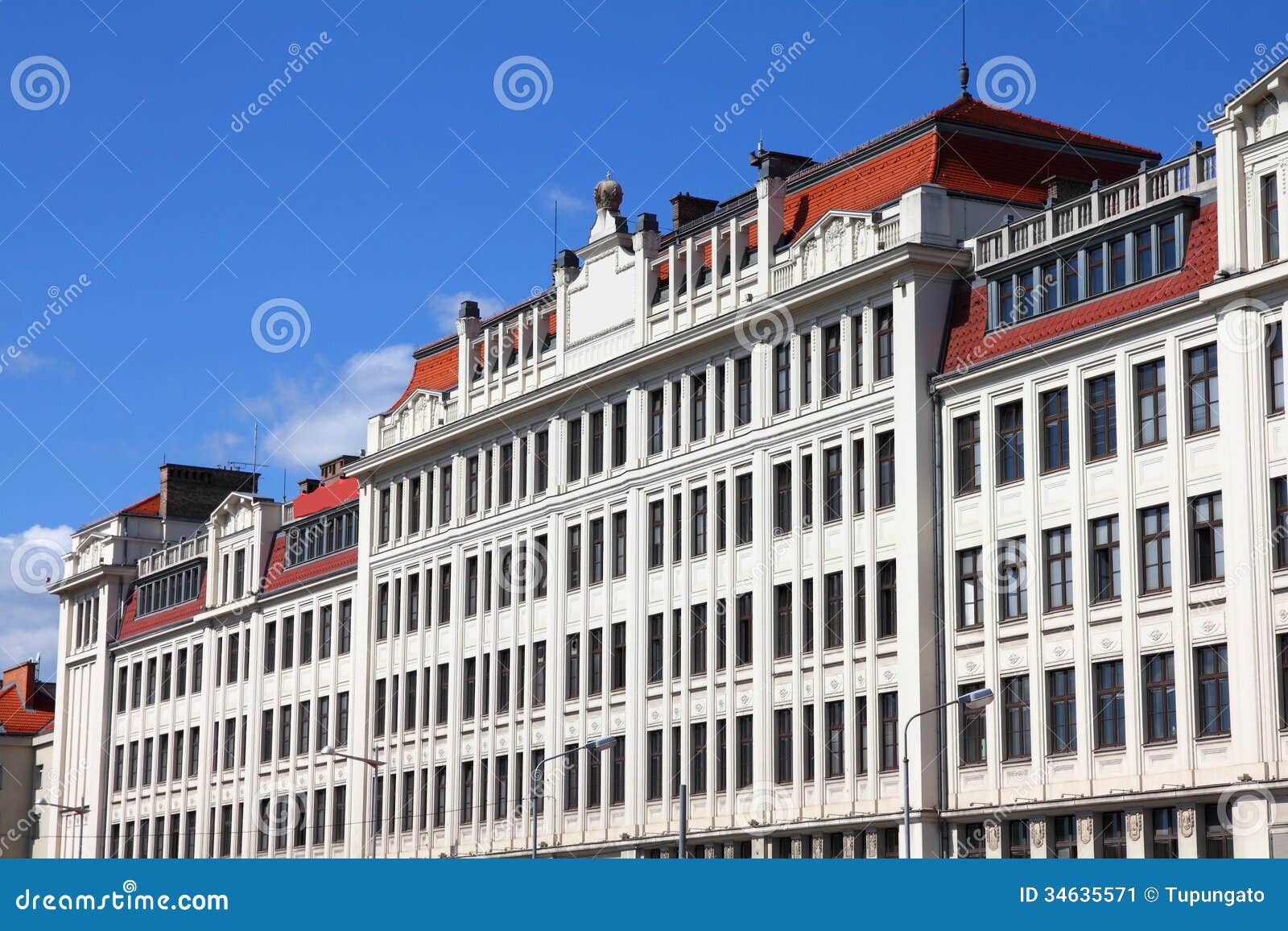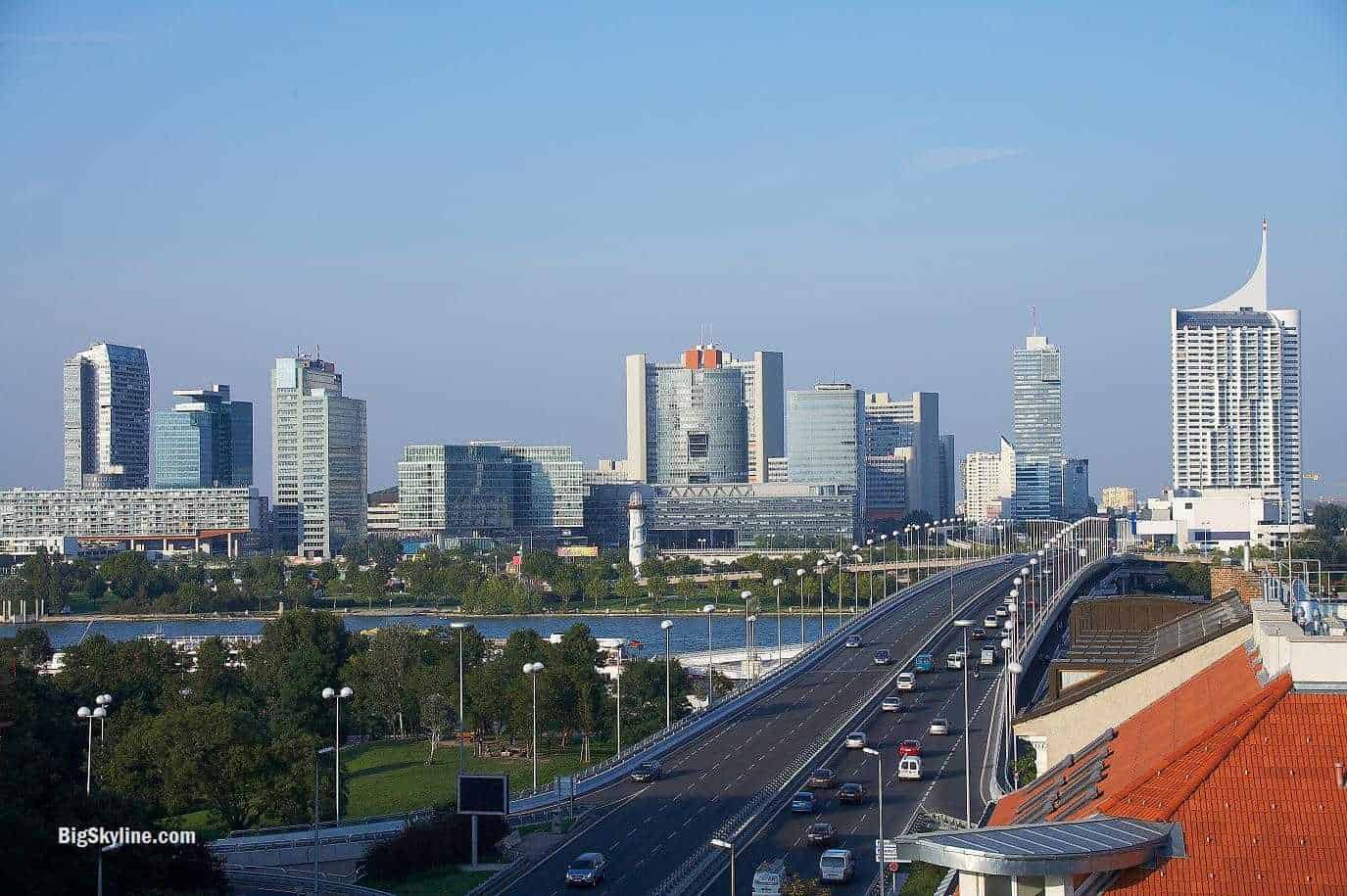


In the same year, he inherited the kingdoms of Bohemia and Hungary and, accordingly, the task of fighting the Turks, who commanded large parts of Hungary. Ferdinand responded by condemning the leaders of the insurrection to death, and in 1526 he issued an ordinance that stripped the city of almost all its rights. Seeking to increase their liberties and economic position, the Lower Austrian Diet rebelled against their regent. When Charles V became Holy Roman emperor in the 16th century, he entrusted his Austrian territories to his brother, the future emperor Ferdinand I. Development of imperial Viennaĭuring the Renaissance, Vienna was a leader in science and fine arts, and the university (1365) was a centre of humanism. When Corvinus died five years later, Vienna reverted to the Habsburg emperor, Frederick III. In 1485, under siege by Matthias I (Corvinus) of Hungary, the city fathers surrendered in the hope of bettering their status. The capital city flourished, trading with Trieste, Venice, and Hungary nevertheless, economic decline attended the numerous disputes over inheritance within the Habsburg family. When Otakar fell in battle in 1278, the Habsburgs took over his domain and retained it for more than 600 years. Otakar established himself as a powerful central European prince, and by 1276 he was at war with the German king, Rudolf I of the Habsburg dynasty. In the ensuing struggle for domination, the king of Bohemia, Otakar II, became overlord of what was to become Austria. In 1246 the last male of the Babenberg family died. The Babenbergs kept a brilliant court and encouraged artists like the famous minnesinger Walther von der Vogelweide. In the 13th century walls were built around the city, and Vienna remained largely confined within the walled area until the 1700s. The city developed into an important trading centre, where Crusaders on their way to the East bought provisions and equipment. The dukes of Babenberg, a Frankish dynasty, were overlords of Vienna from 1156 to 1246. The city’s name was recorded in 881 as Wenia and in 1030 as Wienis. The Bavarians occupied the area, and the people became Christianized.

The Romans were swept away in the turmoil of the 5th-century invasions, but enough of Vindobona remained to serve as the nucleus of the medieval city. Emperor Marcus Aurelius is said to have died in Vindobona in 180 ce fighting off attacks by the Germanic tribes. (The Roman camp is believed to have covered the area around the present Hoher Market.) Vindobona grew to about 15,000 inhabitants and became part of a widespread network of trade and communications. In 16–15 bce the Romans, under the future emperor Tiberius, occupied the foothills of the Alps, and in the next century the Celtic town of Vindobona (Celtic: “White Field” later to become Vienna) became a strategic Roman garrison town. The area was subsequently inhabited by the Illyrians and then the Celts. Traces of human occupation of the site of Vienna have been found dating as far back as the Paleolithic Period (Old Stone Age). History of Vienna The ancient city and medieval growth SpaceNext50 Britannica presents SpaceNext50, From the race to the Moon to space stewardship, we explore a wide range of subjects that feed our curiosity about space!.Learn about the major environmental problems facing our planet and what can be done about them! Saving Earth Britannica Presents Earth’s To-Do List for the 21st Century.Britannica Beyond We’ve created a new place where questions are at the center of learning.100 Women Britannica celebrates the centennial of the Nineteenth Amendment, highlighting suffragists and history-making politicians.
#TOWN OF V IENNA COURSES HOW TO#
COVID-19 Portal While this global health crisis continues to evolve, it can be useful to look to past pandemics to better understand how to respond today.Student Portal Britannica is the ultimate student resource for key school subjects like history, government, literature, and more.This Time in History In these videos, find out what happened this month (or any month!) in history.#WTFact Videos In #WTFact Britannica shares some of the most bizarre facts we can find.Demystified Videos In Demystified, Britannica has all the answers to your burning questions.Britannica Explains In these videos, Britannica explains a variety of topics and answers frequently asked questions.Britannica Classics Check out these retro videos from Encyclopedia Britannica’s archives.


 0 kommentar(er)
0 kommentar(er)
